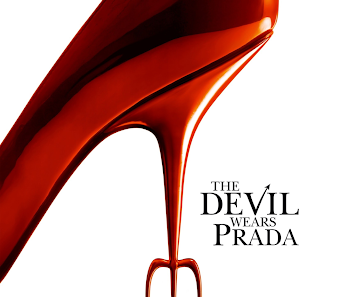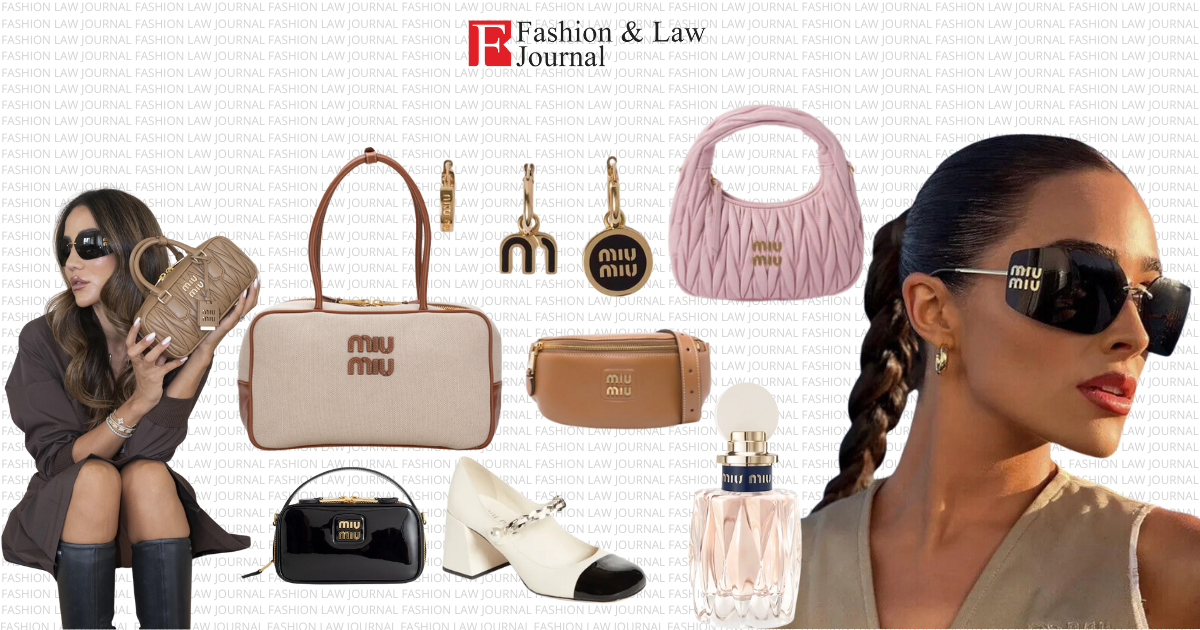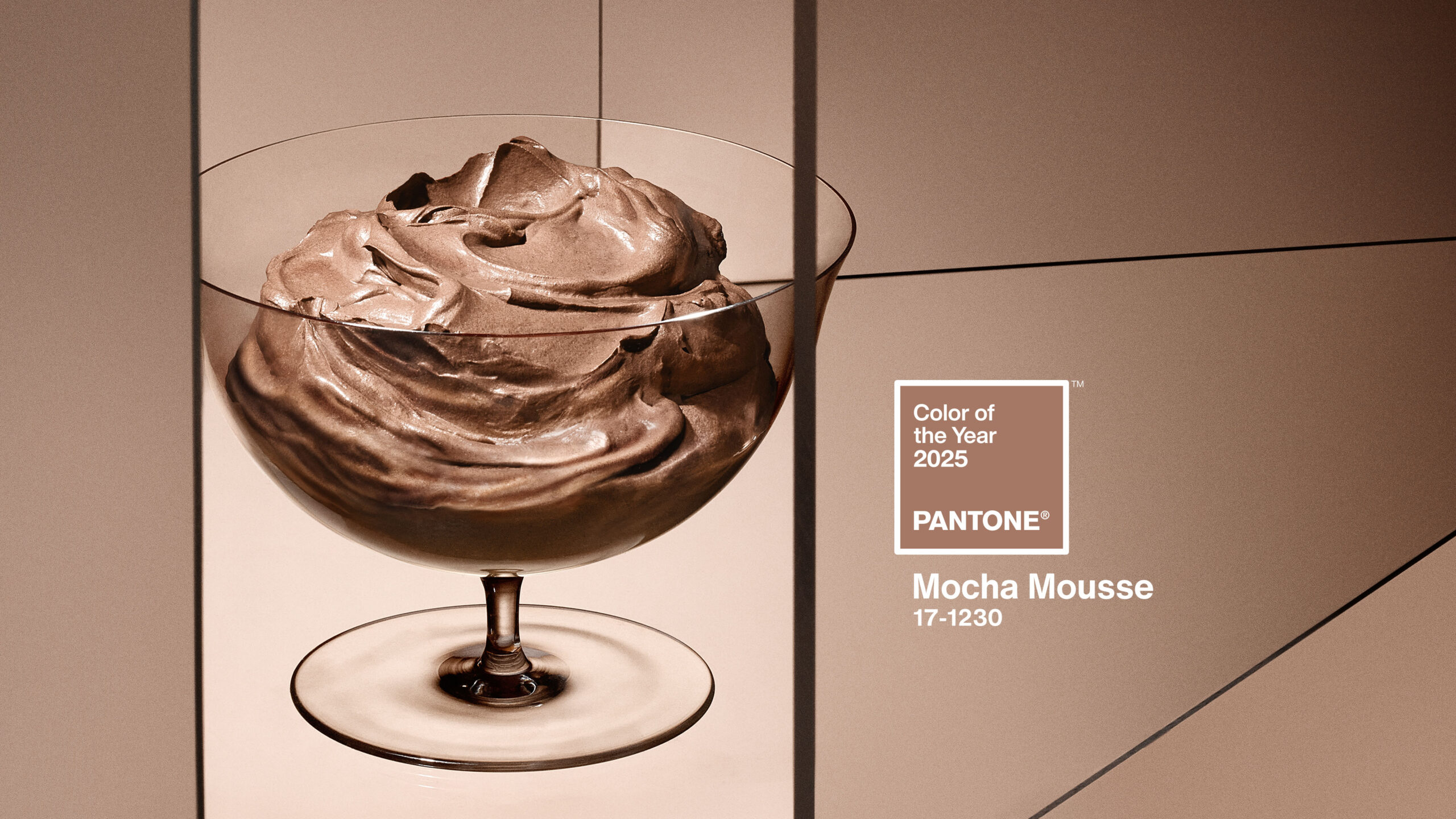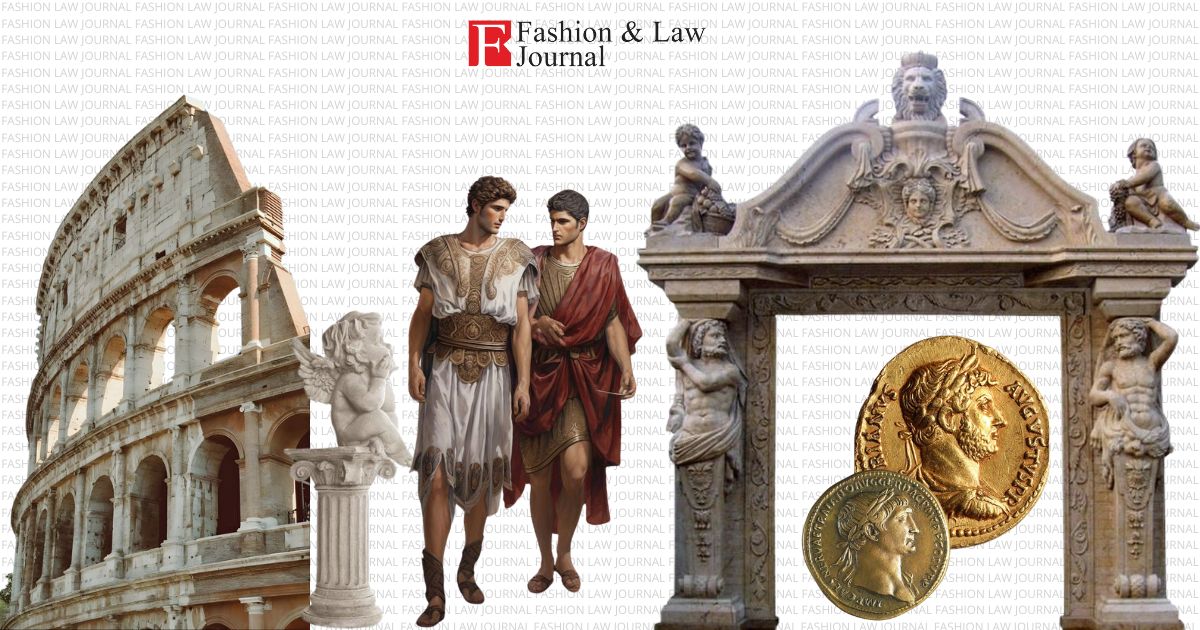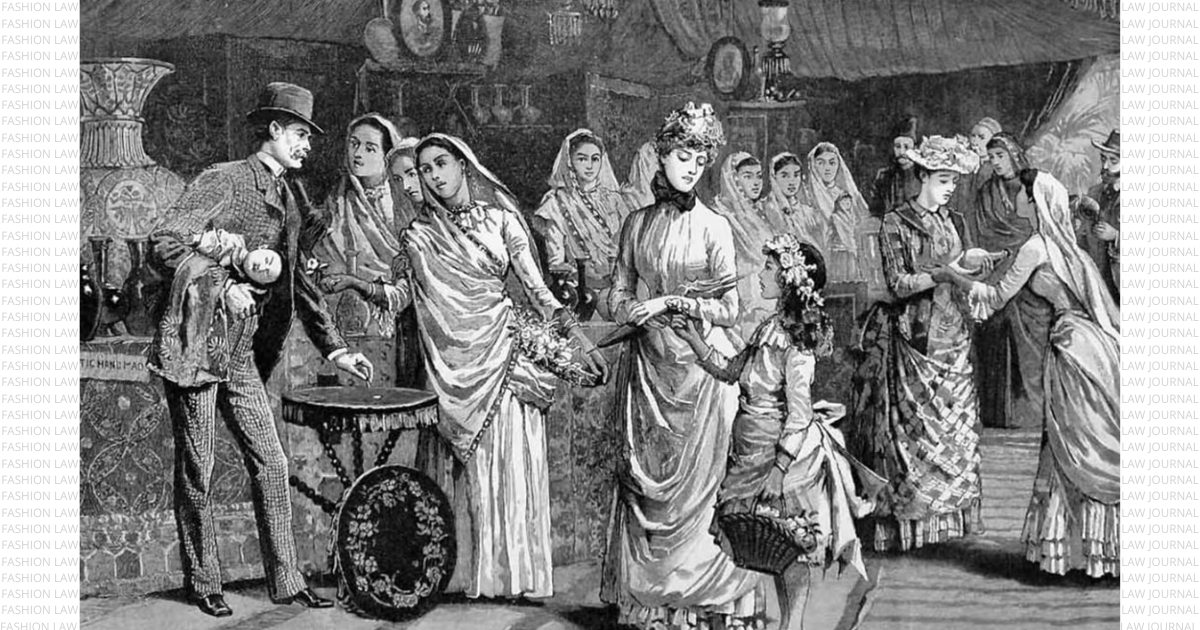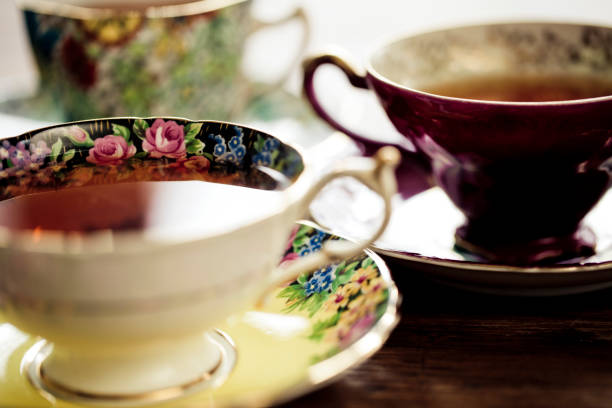Brand History
Miu Miu was born in 1993 as a playful offshoot of the prestigious Prada Group. The brainchild of Miuccia Prada, Miu Miu was her playground for ideas that didn’t quite fit the refined, elegant mold of Prada. The brand’s name, “Miu Miu,” is actually Miuccia’s family nickname, making it a deeply personal project from the start.
Unlike Prada’s sleek and polished image, Miu Miu quickly became known for its eclectic and offbeat designs. Take one of its early collections, for example—grunge-inspired outfits with oversized silhouettes and clashing prints that felt refreshingly rebellious. This was a far cry from Prada’s minimalist approach, and it helped Miu Miu stand out in the crowded luxury market. The brand immediately resonated with a younger, fashion-forward audience looking for something bold and different.
Brand Founders
Miuccia Prada is no ordinary fashion designer. With a degree in political science, she brings a unique intellectual depth to her work. Long before she launched Miu Miu, Miuccia was already making waves by reinventing the Prada brand in the late 1970s. Her introduction of the iconic nylon bag, which fused practicality with luxury, was groundbreaking and set the stage for the innovative designs that would later define Miu Miu.
Miuccia’s visionary leadership has been the driving force behind Miu Miu’s success. Her knack for blending traditional craftsmanship with modern, sometimes provocative elements has kept the brand at the cutting edge of fashion. It’s no wonder Miu Miu is a go-to label for celebrities and trendsetters alike.
Brand Product Line
Miu Miu offers a wide array of luxury items, each infused with the brand’s signature mix of vintage charm and modern edge.
Ready-to-Wear: Miu Miu’s clothing is known for its bold prints, innovative fabrics, and playful silhouettes. Remember the raw-edged khaki and gray skirt and top set from Spring 2022? It looked like it was inspired by a slashed school uniform and quickly became a standout piece. This school-inspired theme has continued to pop up in their collections, making it one of the brand’s defining looks.
Handbags: When it comes to handbags, Miu Miu has some of the most recognizable pieces in the fashion world. The Matelassé handbag, with its distinctive quilted leather, is a staple among fashion influencers. And who could forget the multicolored crochet beach bag? It was all over social media, proving that Miu Miu knows how to create a buzz.
Footwear: Miu Miu’s shoes are where creativity really shines. Take their satin ballerina flats from Fall/Winter 2016, for instance. These weren’t your typical ballet flats—they had punk-inspired buckle straps and metal details that made them an instant hit. Another viral sensation was the cherry-red patent slingbacks, which flew off the shelves of fashion retailers everywhere.
Accessories: Miu Miu also knows how to make a statement with accessories. Their jewelry line features unique pieces like oversized crystal earrings and chokers that add just the right amount of drama to any outfit. One standout item is their diamond headbands, which have become a favorite among celebrities and fashion editors. Whether it’s for a red carpet event or a casual day out, these headbands add a touch of glamour to any look.
Brand Marketing Strategies
Miu Miu’s marketing strategies are designed to emphasize its position as a fashion-forward, avant-garde brand. These strategies often involve a mix of traditional advertising, celebrity endorsements, and innovative digital campaigns.
- Advertising Campaigns: Miu Miu’s advertising campaigns are renowned for their artistic and cinematic qualities. For example, the Spring/Summer 2012 campaign, shot by renowned photographer Bruce Weber, featured models styled as 1950s starlets, creating a nostalgic yet modern feel. The campaign was highly praised for its creative direction and helped reinforce Miu Miu’s image as a brand that blends the past with the present.
- Celebrity Endorsements: Miu Miu frequently collaborates with celebrities to increase its brand visibility. Actress Elle Fanning, for example, has been the face of several Miu Miu campaigns and has worn the brand on numerous red carpets. Her association with Miu Miu as well as Sydney Sweeney has helped the brand connect with a younger audience, given her status as a rising star in Hollywood.
- Social Media and Digital Presence: Miu Miu is well-known on social media platforms like Instagram, where it routinely shares information about its latest collections, behind-the-scenes images from catwalk shows, and collaborations with emerging singers and actresses.
- Miu Miu Women’s Tales: One of Miu Miu’s most distinctive marketing initiatives is the “Miu Miu Women’s Tales” series, which seeks out female filmmakers to create short films that explore themes of femininity and creativity. Giada Colagrande’s 2012 film “The Woman Dress” is one example; it tells the story of a woman who changes into a dress and brilliantly merges fashion and surrealism with Miu Miu’s unique style.
Brand Selling Methods
Miu Miu employs a multi-channel approach to selling its products, combining physical retail locations, online platforms, and partnerships with luxury fashion aggregators.
- Physical Stores: Miu Miu has flagship boutiques in major centers such as New York, Paris, Milan, and Tokyo. These stores are intended to give a premium shopping experience, generally with custom interiors that mirror the brand’s image. For instance, the Miu Miu boutique on New York’s 57th Street is distinguished by its plush, velvet-covered walls and brass fittings, creating an intimate and lush atmosphere.
- E-Commerce: The official Miu Miu website offers a comprehensive online shopping experience for customers to purchase the whole product line. Seasonal collections and limited-edition handbags are only two examples of distinctive items that are regularly advertised on the internet but not available in physical stores. Furthermore, Miu Miu has collaborated with premium e-commerce sites such as Net-a-Porter and Mytheresa to appeal to customers who appreciate the convenience of shopping from a wide range of high-end brands in one place. For example, these retailers commonly feature Miu Miu’s iconic Matelassé handbags, attracting fashion-conscious shoppers who value both comfort to shop from home and flair.
Legal Cases Involving the Brand
Miu Miu, like many high-profile fashion brands, has been involved in legal disputes, primarily centered around intellectual property and trademark infringement.
Trademark Disputes: Miu Miu has also been involved in trademark disputes to protect its brand name and logo. Alibaba.com Singapore E-Commerce Private Limited (the “Registrar”) registered the contested domain names , , , , and , which Miu Miu disputed, claiming that it would lead to customer misunderstanding. As a consequence of the brand’s successful argument that its name is closely associated with high-end luxury items, the Respondent was determined to be unaware of the Complainant’s well-known and distinctive trademarks, MIU MIU and MIU-MIU. This resulted in a positive finding for the brand.
These legal actions underscore the brand’s commitment to safeguarding its reputation and ensuring that consumers receive authentic Miu Miu products.
Even though there was no legal problem, Miu Miu sparked uproar when it revealed a variety of products in her pre-fall collection with a yellow star embroidered on them, which many mistook for Nazi iconography. However, the brand has not been without controversy. The Prada-owned brand’s most recent collection included the stars on a number of goods, which Miu Miu has said would be discontinued in response to criticism. Discussions about the accuracy of Miu Miu’s remarks erupted on Twitter. The five-pointed yellow star on the Miu Miu pieces, according to some, had nothing to do with the six-pointed Star of David, but others thought it conjured the religious symbol Jewish residents were forced to wear by the Nazis during the Holocaust. It didn’t help that the Miu Miu stars featured the name “John,” similar to “Jude,” the German word for “Jew” which was emblazoned on the Nazi stars.
Brand Competitors
Miu Miu operates in the competitive landscape of luxury fashion, where it competes with both established fashion houses and emerging brands.
- Prada: As the principal brand, Prada both competes with and complements Miu Miu. Prada is known for its elegant, minimalist designs, whilst Miu Miu caters to a younger, more diverse audience. Customers of both enterprises commonly appreciate premium fashion, while having varying interests in designs for different occasions.
- Chloé: A challenger to Miu Miu’s whimsical and diversified style, Chloé is known for her feminine and bohemian aesthetic. Both firms cater to the same type of trendy young women.
- Saint Laurent: People usually compare Saint Laurent’s refined and edgy designs to Miu Miu’s more youthful and daring offerings. Both brands are well-known for their major position in the fashion industry.
Brand Target Audience
The bulk of Miu Miu’s target market consists of young, trendy women looking for one-of-a-kind, excellent items that suit their personal style. This company’s target market consists of women who respect high-quality clothing while also being drawn to bold, distinctive styles. Miu Miu customers are often affluent folks who are interested in trends and fashion.
The brand’s marketing methods and product offerings are designed with this demographic’s needs and preferences in mind. Customers of Miu Miu value individuality and self-expression, and they are drawn to the brand’s humorous, eclectic design because it encourages them to stand out from the crowd.
Author name: Aneka Khanna






